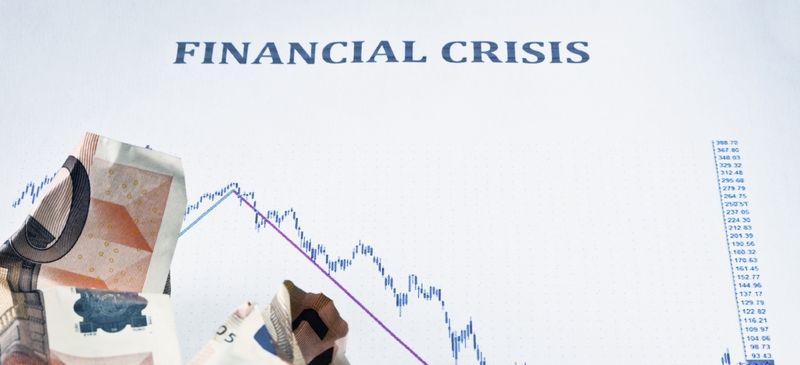
Lessons from the credit crunch
by Philip Whyte
The world economy is going through its greatest financial crisis since the 1930s Great Depression. Who – or what – is to blame for the credit crunch? And what are the lessons to be learned? The arguments are still filling newspaper column inches, but a consensus has yet to emerge.
Some observers have blamed central banks – particularly the US Federal Reserve under Alan Greenspan’s stewardship. The main charge against the Greenspan Fed is that it pursued an excessively loose monetary policy following the bursting of the ‘dotcom’ bubble in 2000. Persistently low US interest rates, it is argued, were the proximate cause of the housing market bubble whose bursting has resulted in the current credit crunch. Low real interest rates do seem to have been a contributory factor, but they cannot be the only explanation. Some countries with lower real interest rates than the US did not experience house price bubbles (eg Germany and Japan). And some countries with higher real interest rates than the US experienced even greater house price bubbles than the US (eg the UK).
A second explanation might be financial innovation – particularly securitisation, the practice of packaging loans as securities that can then be sold on and traded in the open market. Until recently, securitisation was often praised for spreading risk. The trouble is that it also seems to have ratcheted up the overall amount of risk in the system. Since the originators of loans did not bear the ultimate risk, securitisation gave them every incentive to generate fees without considering whether borrowers had any chance of repaying their loans. This process might have been mitigated if credit rating agencies had done their jobs. But whether because of negligence or conflicts of interest – they are paid by sellers, not buyers – credit rating agencies dished out investment grade ratings to poor quality securities.
Banks are never popular even at the best times. So it comes as no surprise that they have also been in the line of fire. The case against them is that they allowed their greed to get the better of their judgement – resulting in irresponsible behaviour. Some observers believe that banks’ recklessness was encouraged by compensation structures that reward short-term performance. Banks have already owned up to some mistakes. An interim report by the Institute of International Finance (IIF), an association of bankers, admitted that banks were guilty of a ‘decline in underwriting standards’; had been too reliant on inadequate ratings; and had had trouble identifying where exposures resided. Intriguingly, the IIF report also concluded that banks should reconsider incentives and compensation structures.
Perhaps the most satisfying explanation involves some combination of all these factors. The credit crunch did not result from any of these factors in isolation, but from the way in which they interacted. Credit growth, for example, would not have been so buoyant had real interest rates been higher. A backdrop of unprecedentedly cheap money almost certainly encouraged banks to under-price risk. Banks’ reckless behaviour may also have been encouraged by the actions of central banks, such as the Fed’s decision back in 1998 to rescue Long Term Capital Management (LTCM), a hedge fund. By signalling that irresponsible institutions and managers could count on being bailed out by public money, critics claim, the US Fed created ‘moral hazard’ – laying the foundations for subsequent excesses.
Recent events have not cast the financial sector in a good light. The IIF believes that a regulatory clampdown is unnecessary, and that banks can learn from their mistakes. This is wishful thinking. A regulatory clampdown now looks inevitable – on both sides of the Atlantic. At this point in the game, the key must be to ensure that changes in financial sector regulations are sensible, well-designed and proportionate to their objectives. But there may also be lessons for the monetary authorities. For much of the past decade, the conventional wisdom, particularly in the Anglo-Saxon world, was that central banks could (or should) not target asset prices. The time may have come to revisit the subject. Alan Greenspan remains to be convinced. But do not be surprised if you come across more column inches arguing in favour of the need for central banks to ‘lean against the wind’.
Philip Whyte is a senior research fellow at the Centre for European Reform.
